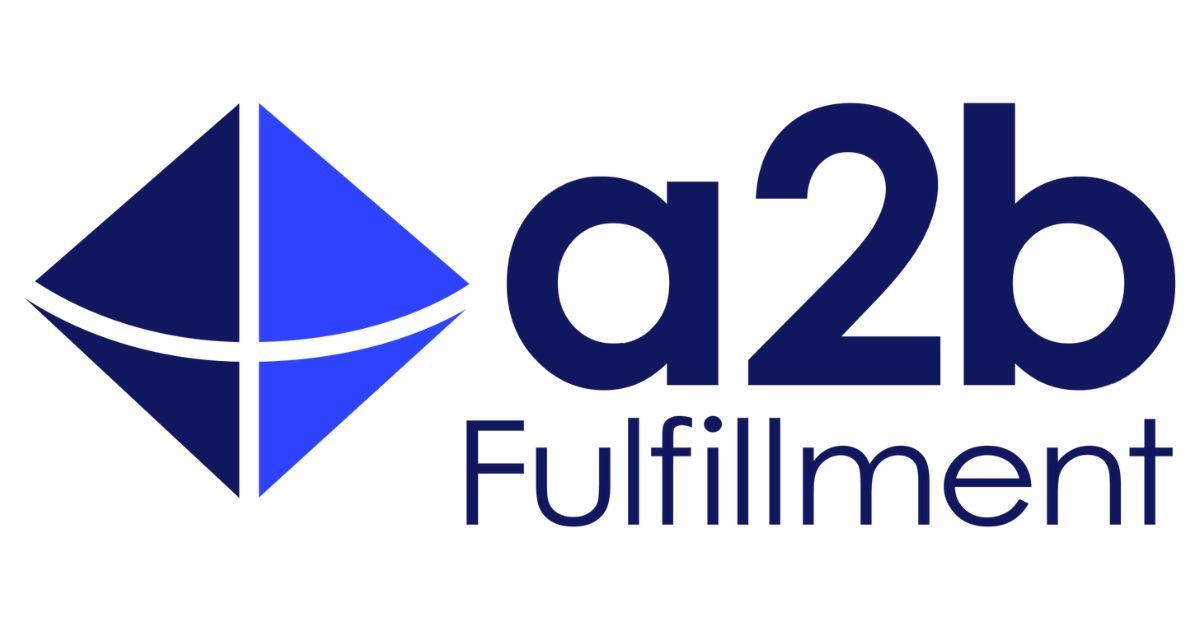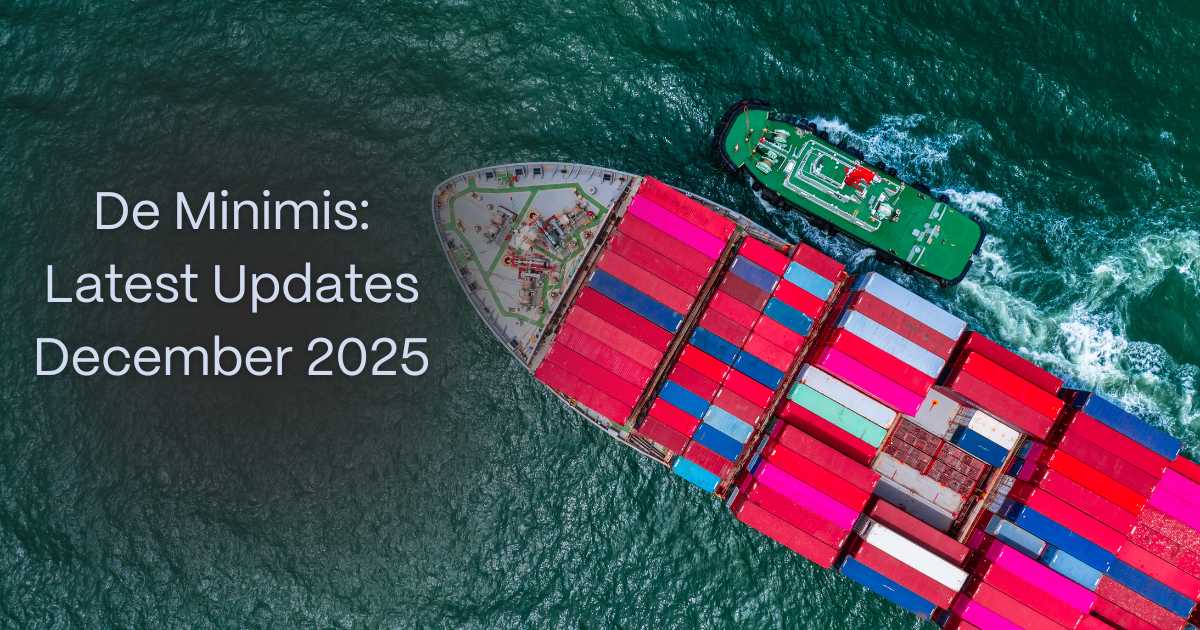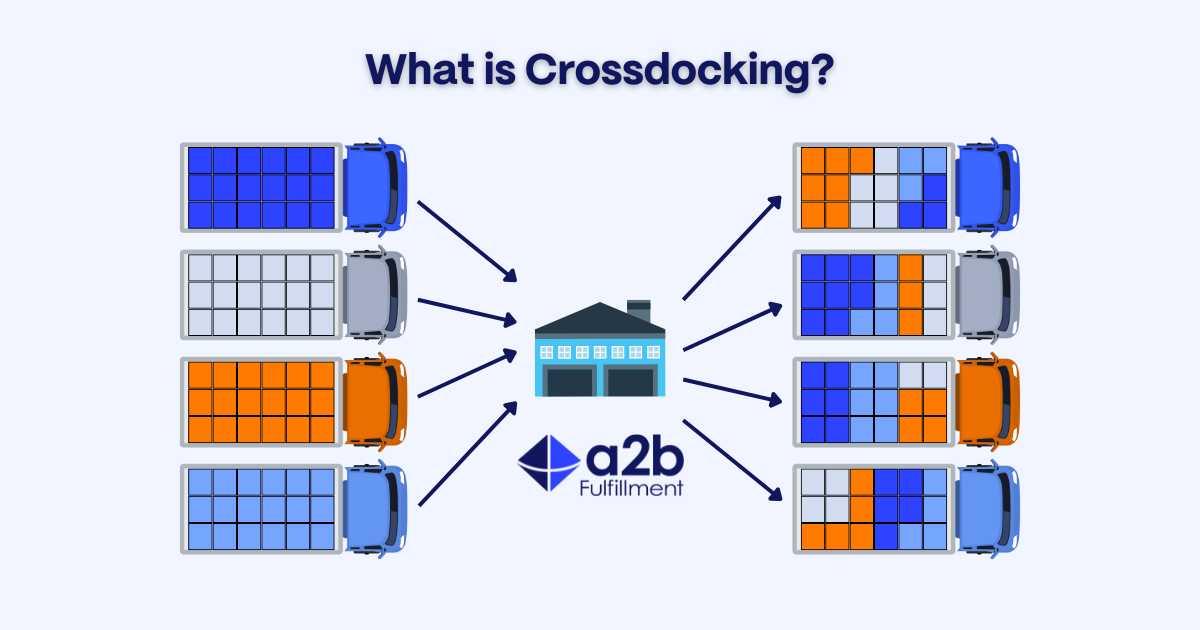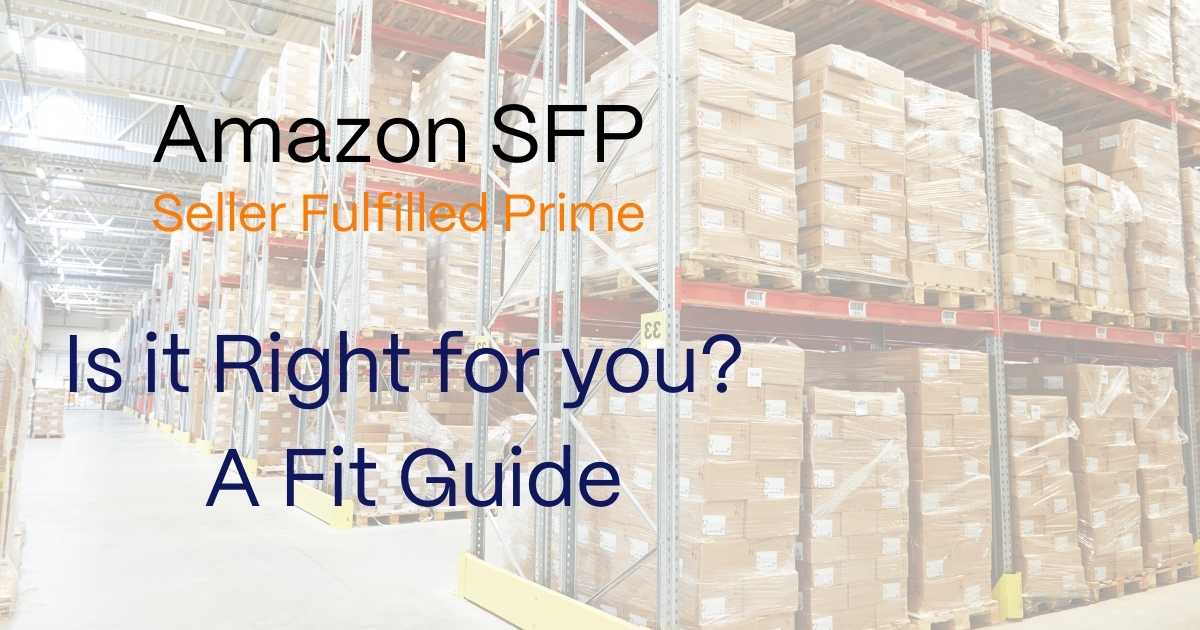Introduction
In 2025, a new wave of protectionist trade policies from President Trump has sent ripples through global supply chains, with U.S.-imposed tariffs significantly affecting both Third-Party Logistics (3PL) providers and Consumer Packaged Goods (CPG) companies. The resurgence of these tariffs on imports, mainly targeting imports on a country basis, from China, Canada, and Mexico, has led to increased costs, strained supplier relationships, and disrupted business models. For 3PL and CPG operators, understanding and responding to the financial implications of these retaliatory tariffs is no longer optional, it’s essential for survival and success.
The 2025 Tariff Landscape: A Brief Overview
The recent changes in U.S. trade policy include:
- Tariffs on Steel and Aluminum Imports: A 25% tariff on imports, affecting containers, cans, machinery parts, and more.
- China: A range of tariffs peaking at 145% on key goods, temporarily reduced to 30% for a 90-day window.
- Canada and Mexico: 25% tariffs on all non-energy imports, with Canadian oil and energy at a reduced 10%.
These tariffs have triggered retaliatory measures from affected foreign countries, complicating import-export logistics and heightening geopolitical tension.
Financial Implications for 3PLs

1. Rising Operational Costs
3PL providers are facing increased costs across the board. Import tariffs raise the landed cost of goods, which in turn inflates storage, handling, and transportation expenses. For example, imported palletized goods that were once cost-effective may now require reallocation to alternate suppliers or domestic sources at higher rates.
2. Reduced Margins and Profitability
With clients hesitant to absorb cost increases, 3PLs are often caught in the middle, expected to maintain service levels without proportionate compensation due to applicable tariffs. This margin compression affects profitability, investment capacity, and long-term financial health.
3. Inventory Overflow and Holding Costs
As some clients preemptively stockpile inventory ahead of tariff enforcement, warehouses are hitting capacity limits. This results in additional costs for overflow storage and higher demand for labor and equipment.
4. Contract Renegotiations
Existing client contracts based on pre-tariff cost assumptions are under scrutiny. 3PLs are forced to rework trade negotiations, sometimes at the expense of client relationships.
Financial Implications for CPG Companies

1. Escalating Input Costs
CPG manufacturers are dealing with rising raw material and packaging costs. Steel and aluminum tariffs have driven up the cost of cans, bottle caps, and packing lines, impacting beverages, snacks, and cleaning products.
2. Pressure on Consumer Pricing
Many CPG firms face a difficult choice: absorb the cost of tariffs or pass the percent on consumer prices. In price-sensitive categories, raising prices risks losing market share.
3. Supply Chain Realignment
Companies are reconsidering their global supply chains, exploring reshoring, nearshoring, or alternate sourcing from countries not affected by tariffs. This transition can be costly and time-consuming, further affecting margins.
4. Inventory Risk and Demand Forecasting
Forecasting becomes more volatile as consumer spending shifts in response to pricing changes. CPG companies may overestimate or underestimate demand, resulting in excess or stockouts.
Strategic Responses to Mitigate Tariff Impact

1. Supply Chain Diversification
Diversifying the supplier base is a top priority. Companies are moving away from tariff-heavy regions to those with favorable trade deals or domestic options. While this can be resource-intensive initially, it builds resilience.
2. Technology and Automation
3PLs and CPG companies are investing in warehouse management systems (WMS), robotics, and AI-driven forecasting tools. These investments optimize labor usage, reduce error rates, and enable smarter inventory decisions.
3. Tariff Engineering and Classification
Some companies are reviewing their product classifications under the Harmonized Tariff Schedule (HTS) to legally lower tariff rates. By altering packaging, sourcing, or even minor design elements, businesses can significantly cut tariff exposure.
4. Strategic Partnerships and Collaboration
Pooling resources through joint ventures, co-manufacturing, or shared warehousing with non-competing brands helps distribute cost burdens and strengthen negotiating power.
5. Nearshoring and Reshoring
Bringing production closer to end markets minimizes exposure to international trade friction. Mexico and Central America, for instance, are seeing increased attention as viable manufacturing alternatives.
6. Advanced Contract Structuring
3PLs and suppliers are incorporating tariff contingencies and index-linked pricing into contracts. This builds flexibility and reduces the need for constant renegotiation.
7. Financial Hedging and Risk Management
Larger companies are engaging in financial instruments to hedge against currency volatility and raw material cost fluctuations. Insurance products that cover tariff-related risks are also gaining traction.
Broader Implications: From Costs to Competitiveness

- Innovation Incentive: Tariffs are accelerating the adoption of advanced technologies in logistics and manufacturing.
- Workforce Shifts: As automation rises, so does the demand for technically skilled labor.
- Market Fragmentation: Smaller players without the capital to adapt may be acquired or pushed out, consolidating market share among larger, more agile firms.
- Consumer Sentiment: Transparency about price increases and sourcing practices is crucial. Companies that communicate honestly often retain customer loyalty despite higher prices.
Conclusion

The financial impact of the 2025 tariffs on 3PL and CPG companies is profound, but not insurmountable. By embracing innovation, rethinking supply chain strategies, and leveraging financial tools, businesses can offset many of the immediate tariff increase burdens. More importantly, those that act decisively will position themselves as leaders in the next era of global commerce. As trade dynamics continue to evolve, agility, foresight, and operational excellence will be the currency of long-term success.






